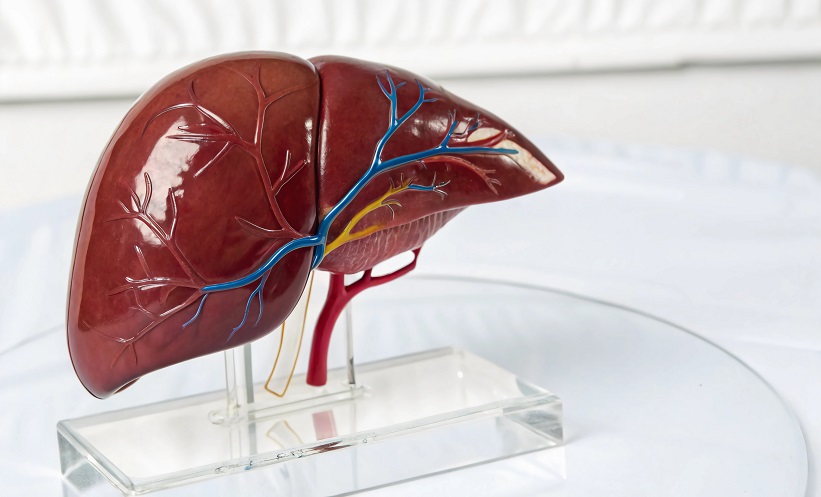TYPE 2 diabetes (T2D) usually develops alongside other serious conditions, such as cardiovascular and pulmonary disorders. The present study assessed the clinical histories of pre- and post-T2D diagnoses with the aim of gaining insight into causes and trajectories for health-related conditions. The main goal was to detect any temporal continuums of comorbidity or clinical indications which predate the onset of diabetes.
Data from the DARE study was utilised to find the most prevalent clinical conditions in people with T2D. Overall, 1,932 adults, both with and without T2D, were included over a period of 25–50 years pre-diagnosis, and 25 years post-diagnosis. The study groups were matched by age and gender. Health records were reviewed for 1,196 who received a T2D diagnosis, and 736 who did not.
Results suggested several common illnesses increased consistently in the years preceding diagnosis, such as respiratory tract infections; hypertension; asthma; cardiovascular conditions; and eye, nose, and throat infections. Furthermore, immediately prior to being diagnosed with T2D, over one-third of participants had high blood pressure and respiratory tract infections; one-fifth experienced a heart condition or eye, nose, and throat infection; and one-tenth had asthma. In comparison, only one in 20 people who did not develop T2D were diagnosed with these illnesses.
The research team suggest that subacute inflammation, caused by genetics or comorbidities, could therefore serve as a precursor to the late onset of T2D. Adrian Heald, Manchester University, UK, highlighted the value in these findings, suggesting an understanding of “the long-term clinical history of T2D years before diagnosis means that, in the future, people could have the time to make lifestyle changes to prevent this life-changing disease from arising.” The research team acknowledge limitations due to the small sample size, and inaccuracies in primary care coding data.







